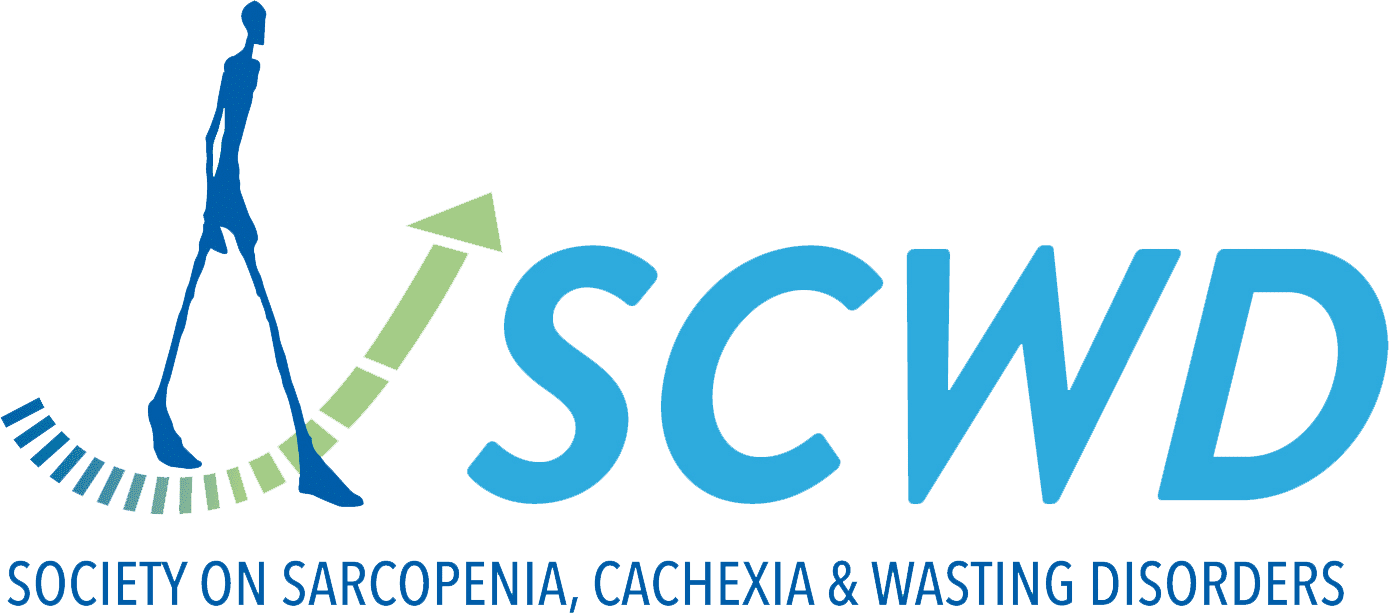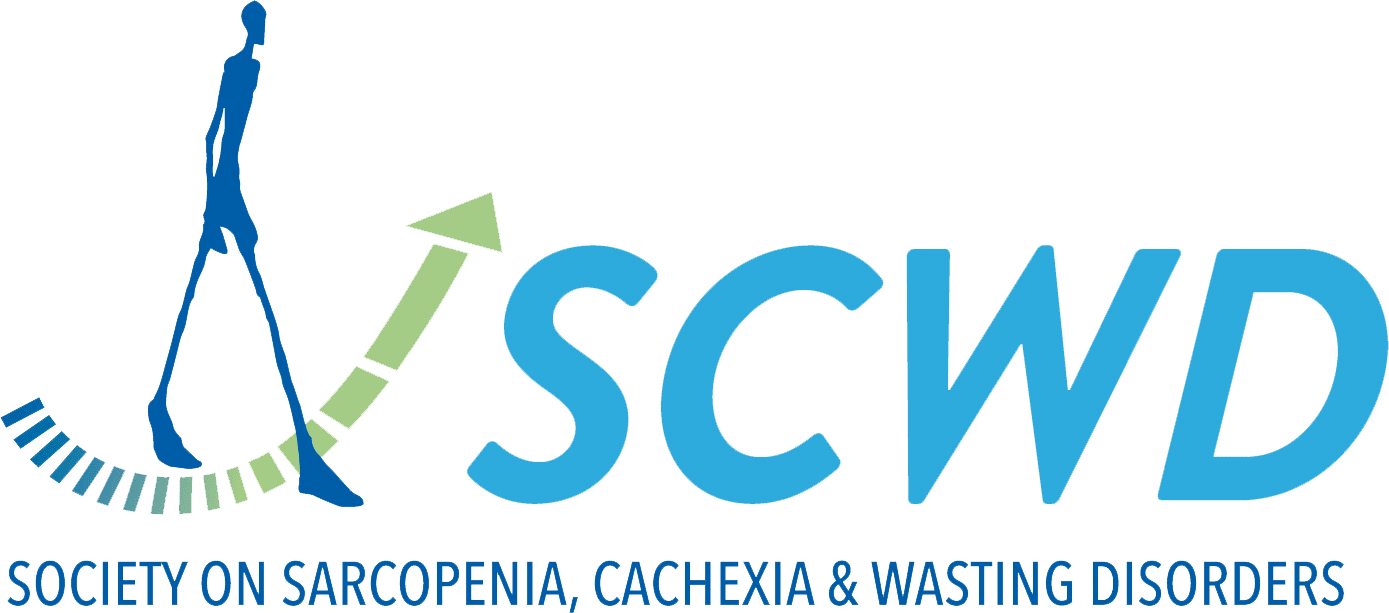Frailty status, inflammatory, and muscle catabolism biomarker patterns: a strong association?
Article: Frailty is characterized by biomarker patterns reflecting inflammation or muscle catabolism in multi-morbid patients
Fraily development is largely determined by low levels of nutrients, increased expression of inflammatory biomarkers, and age-related oxidative stress (OS). These frailty-related dysfunctions may lead to impairments in muscle structure and function, causing the onset of a muscle-catabolic state. As such, they may contribute to the development of sarcopenia, which is both a cause and a consequence of frailty.
Measuring biomarker patterns such as dietary, OS, inflammatory, and muscle-related biomarkers (e.g., 3-methylhistidine (3MH)) has been touted as a means to understand the complex mechanisms behind frailty. Despite this, data on multi-biomarker patterns remains scarce.
The aim of this study was to measure a variety of circulating biomarkers in an attempt to characterise their patterns. The existence of an association between these patterns and frailty status in multimorbid non-frail and frail in-hospital patients was then assessed.
Key learnings:
Two biomarker patterns, one inflammation-related and the other muscle-related, were found to be significantly associated with frailty. The inflammation-related biomarker pattern was characterised by high factor loading of carotenoids, fatty acids, and interleukins. The muscle-related biomarker pattern was defined by high factor loading of 3MH, branched-chain amino acids, and other essential amino acids. As such, both biomarker patterns were found to be intertwined with nutrition. These findings highlight the important role of pro-inflammatory and muscle catabolism biomarker patterns in frailty. An analysis of specific nutrition-related biomarker patterns may thus be more effective than single biomarker analyses in the context of identifying frailty.
Reviewed by: S. Duarte
Authors: Kochlik B, Franz K, Henning D et al.
Published in: Journal of cachexia, sarcopenia and muscle 2022


